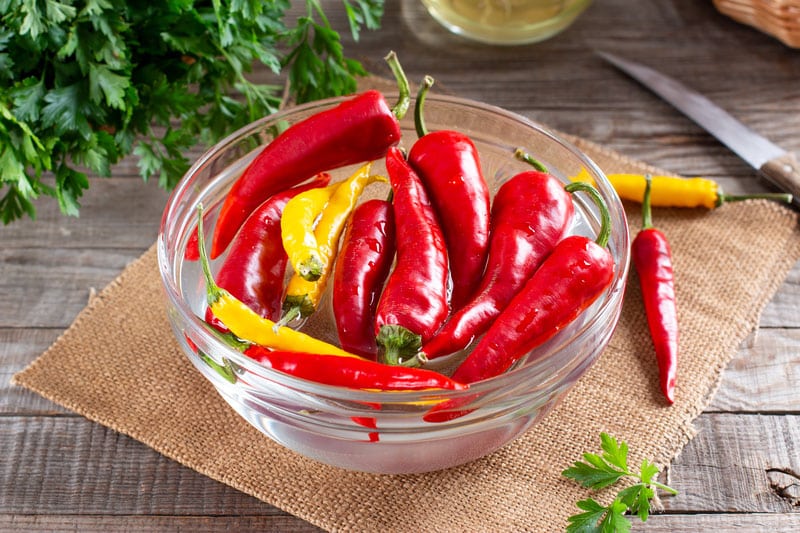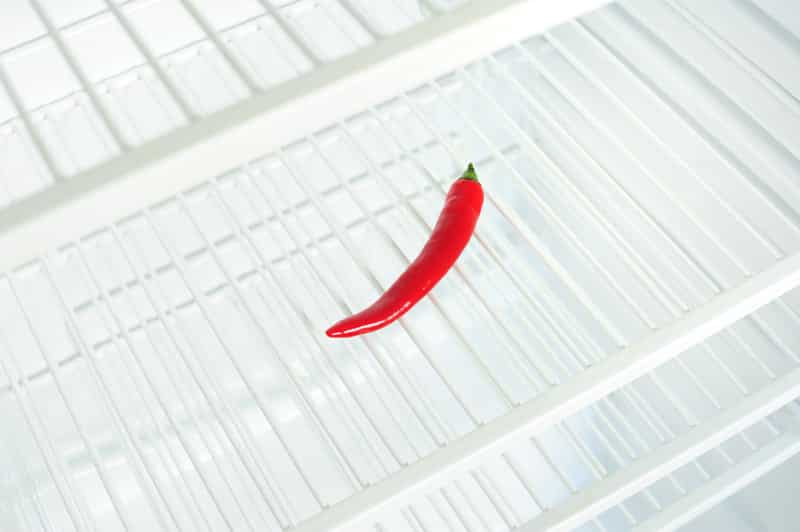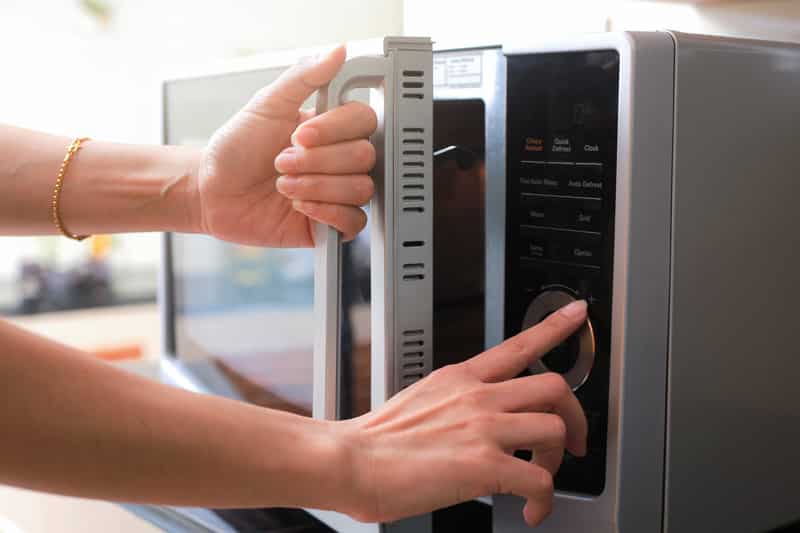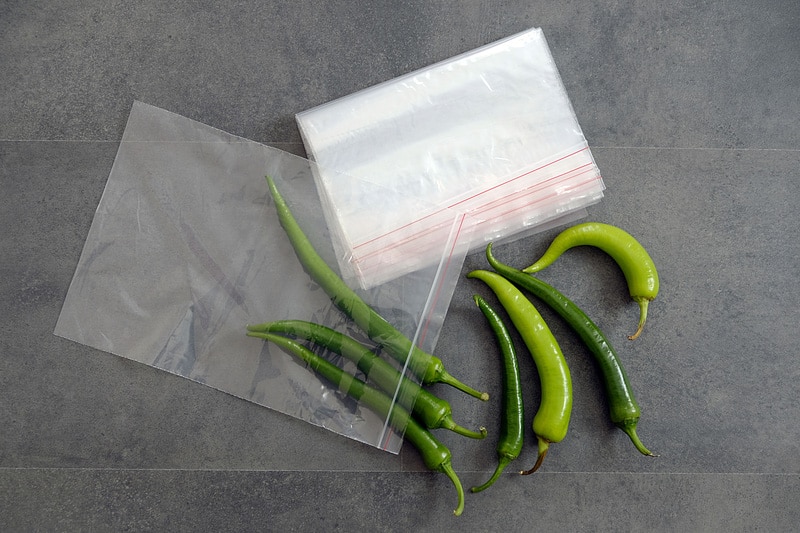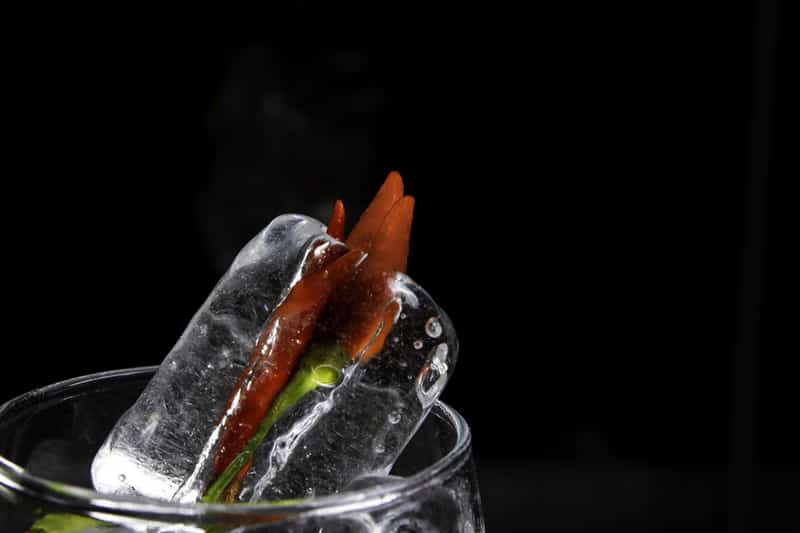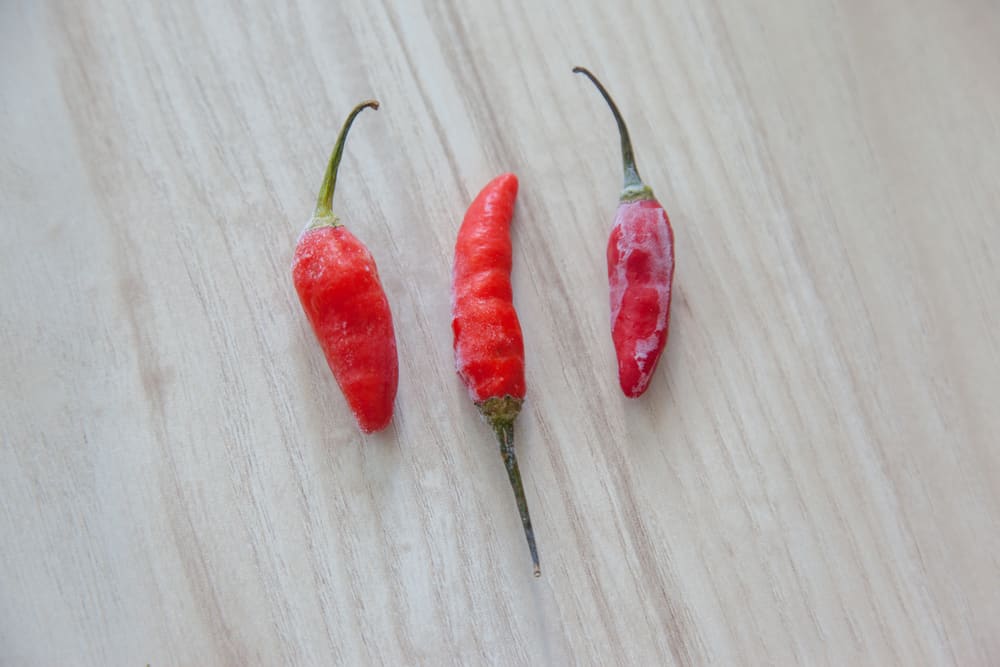
DISCLOSURE: This post may contain affiliate links, meaning when you click the links and make a purchase, I receive a commission. As an Amazon Associate I earn from qualifying purchases.
Chili is a great dish for those who love spicy food. It’s so easy to make a big batch and freeze the leftovers for later use. Some of you are wondering though, “How do I defrost chili?” We’ll tell you the best and safest ways in this article.
How To Defrost Chili
Defrosting Leftover Chili
Chili is defrosted in much the same way as any other meat dish. The method you choose will depend on how much of a hurry you are in. Read on to discover our 3 easy methods.
- Water Bath Thawing
One of the easiest methods to thaw a chili is to fill your sink or a large basin with cold tap water. Put the sealed packet of chili in and leave it for a few hours. Stir the water around every now and again to distribute the cold and turn the packet over once or twice.
It is recommended that you use cold/ room temperature water, not warm or hot water. If the water is too warm, the outer parts of the chili packet will defrost too fast and be in danger of bacterial growth.
Ensure that the packet is properly sealed as you don’t want water seeping into your chili. If you’re unsure, seal it in a Ziploc bag and press all the air out before immersing it in the water.
- Use the Fridge
If you have more time (preferably overnight), you can remove the chili from the freezer and put it into the fridge to thaw. An even better way is to put the chili packet into a dish of water and then put it into the fridge.
- Microwave
For everyone who doesn’t have a whole night to defrost the chili in the fridge or even a few hours to do it in the sink, the microwave is your best option. We don’t recommend it first because it tends to defrost unevenly, leading to overcooked edges and a still-frozen center.
Or thawing the chili, they can opt for a microwave for defrosting the chili. First, remove the chili from its plastic freezer wrapping by running it under hot water. Put the chili into a microwaveable glass dish. Use the defrost setting and defrost your chili.
The amount of time will depend on the quantity you have, but it can take anywhere from 15-30 minutes. If possible, keep turning and stirring the food for even defrosting and heating.
After it Has Defrosted
Once the frozen chili is thawed, you can warm it up in a saucepan over a low flame. You must not use a higher flame because it can burn the chili, and give it a nasty flavor. It’s important to reheat it properly by bringing it to a boil and boiling it for a few minutes.
How Long Can Chili Be Frozen For?
It is best to use cooked, frozen chili within three months.
Can I Refreeze the Leftovers Again?
If you have leftovers again a second time around, do not refreeze them. Throw them out. In the future, perhaps consider freezing smaller batches of chili.
How Do I Freeze Leftover Chili Correctly?
- First of all, make sure the chili has cooled down because hot chili will negatively influence other frozen items in the freezer. In addition, it will alter the texture and taste of the food. So, you must bring chili to room temperature before packing it for freezing.
[amazon box=”B00J0419NO”]
- Then, use a durable, thick freezer bag and pour a couple of servings of chili into the bag. Use a ladle or large serving spoon. Instead of a freezer bag, you can also use an airtight plastic, freezer-safe container. Label your choice of container with the contents and a “use by” date. This method will keep chili safe to consume for over two to three months.
- If you are using freezer bags, you can place the bags on a baking sheet then freeze them for a few hours to make the chili freeze flat. Once it’s solid, you can just stack the chili bags in the freezer as you like.
- It’s best to store chili in two-serving portion sizes because it will take less time to defrost the chili when you need to use it later.
Can Chili Peppers Be Frozen?
While we’re on the subject of chilies, some of you may be wondering about freezing actual chili peppers. One seldom uses more than one or two at a time so it is useful to know how to freeze the rest.
Yes, they can be frozen, but there will be a change in texture, particularly if you’re freezing them whole. Our suggestion is to remove the seeds, chop the chilies in a food processor with a little oil, and freeze the resultant pulp in ice cube trays.
You can then take out just one at a time as you need them for your curries or other spicy dishes. There is no need to defrost the cubes first. Simply pop them into your spices as you fry them and they will melt in minutes.
